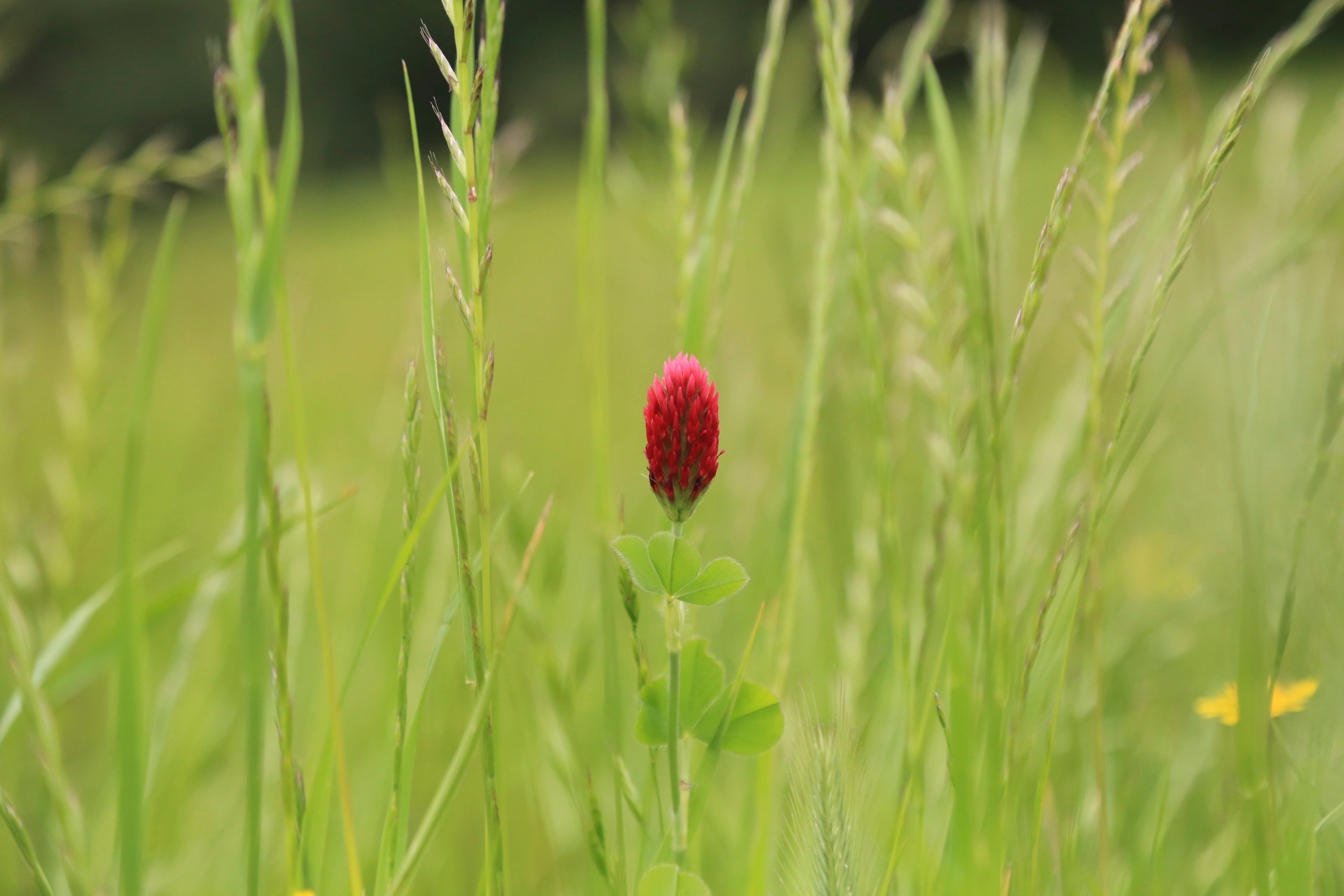We asked head of ranch operations, David Rowntree, where he saw this season’s theme of community in our garden. He pointed us to the many different grouping of crops. He called these groupings “companion plants”, different varieties of crops that are strategically placed in close proximity to help each other grow and prevent pests and disease. For example, our many rows of tomatoes are flanked by marigold plants, helping to prevent pests from damaging our harvest. The many varieties of peppers are good friends with their neighbors, the eggplants, helping each other prevent pests and disease. Companion planting takes advantage of these natural affinities, limiting the need for chemical herbicides and pesticides. Together they create a community that is vibrant and self-supportive.
For those of you looking to start or improve a home garden, here is an abbreviated chart of companion plants (and their antagonists).
| Plant | Companion | Antagonist |
| Carrots | English Pea, Lettuce, Onion Family, Rosemary, Sage, Tomato | Dill |
| Lettuce | Carrot, Cucumber, Radish, Strawberry | Broccoli, Cabbage |
| Peppers | Carrots, Cucumbers, Onion Family, Radishes, Squash | Apricot, Fennel, Mustard |
| Squash | Corn, Marigold, Nasturtium | Potato |
| Tomato | Asparagus, Basil, Carrot, Cucumber, Marigold, Nasturtium, Onion Family, Parsley | Cabbage Family, Fennel, Potato |
If you would like more detailed information on companion planting, check out this Cornell University guide.

